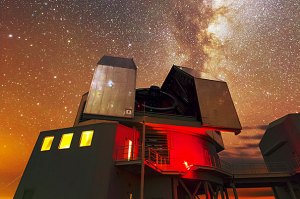Tag: NASA
-
Science & Tech
After capturing image of black hole, what’s next?
New Center for Astrophysics mission aims for closer look at photon rings and insight into nature of space and time.
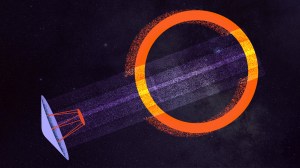
-
Nation & World
What’s it take to be astronaut?
NASA picks emergency-room doctor, researcher, Afghanistan vet pilot, triathlete Anil Menon ’99 for mission training.
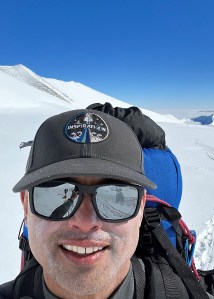
-
Science & Tech
Telescope to help tell the story of the universe
Harvard astrophysicist details the most ambitious space probe NASA ever built.
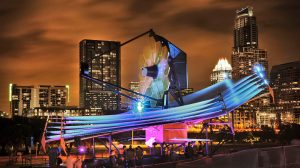
-
Science & Tech
Touching the sun
An instrument made by scientists and engineers at the Center for Astrophysics has helped verify that — for the first time in history — a spacecraft has entered the corona of the sun.
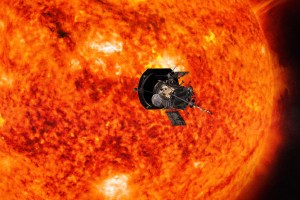
-
Science & Tech
Getting the asteroid before it gets us
Jonathan McDowell of the Harvard-Smithsonian Center for Astrophysics explains the science and objectives guiding the agency’s Double Asteroid Redirection Test.
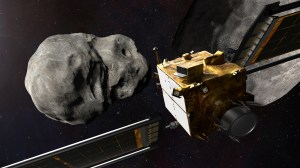
-
Science & Tech
Like hitting a bullseye with closed eyes
Recently NASA updated its forecast of the chances that the asteroid Bennu will hit Earth in the next 300 years. Harvard statisticians put it into perspective.
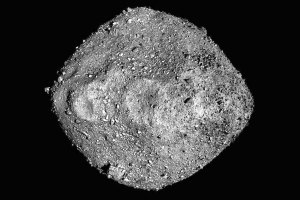
-
Science & Tech
Model explains how life may have emerged on Mars
Harvard researchers have solved a decades-old mystery about how the early Martian atmosphere and climate may have evolved to support periods of warmth and running water on the planet.
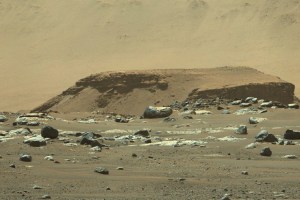
-

-
Nation & World
Parachuting into a pandemic after historic spacewalk
Jessica Meir spoke to the Gazette about the head-spinning year, which included being part of history’s first all-female spacewalk
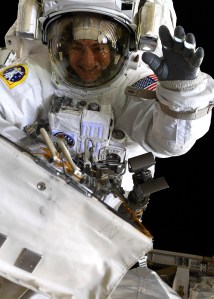
-
Science & Tech
How the moon came to be
A fourth-year graduate student in the lab of Professor of Geochemistry Stein Jacobsen, Yaray Ku is working on a project aimed at understanding how the moon formed, and to do it, she’s working with actual lunar samples.
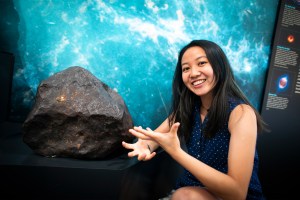
-
Science & Tech
Twins in space
To understand the strain that space flight places on the body, NASA-affiliated researcher Brinda Rana has been examining the molecular changes in the twin astronauts Scott and Mark Kelly for five years.
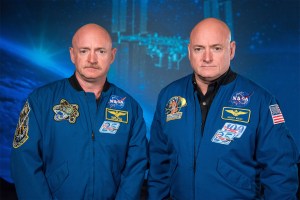
-
Science & Tech
The scope of TESS
Harvard astronomer David Latham explains his role as science program director for NASA’s Transiting Exoplanet Survey Satellite.
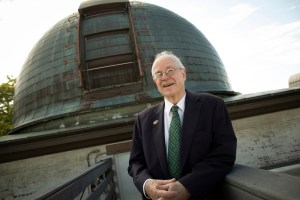
-
Health
Launching a space mission from the deepest ocean
Scientists from Harvard and Woods Hole are collaborating on deep-sea technologies that could be a model for exploring oceans on the moons of Jupiter and Saturn.
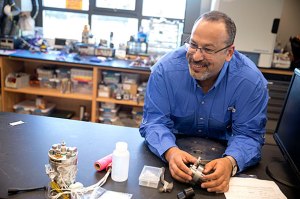
-
Health
SEAL-tested, NASA-approved
Jonny Kim, a Harvard Medical School graduate and former Navy SEAL, has been selected to join NASA’s next astronaut class.
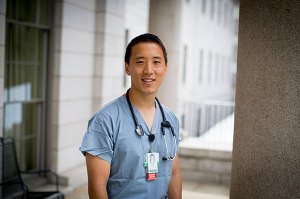
-
Science & Tech
Asteroid mission will carry student X-ray experiment
At 7:05 p.m. (EDT) today, NASA plans to launch a spacecraft to a near-Earth asteroid named Bennu. Among that spacecraft’s five instruments is a student experiment that will use X-rays to help determine Bennu’s surface composition.
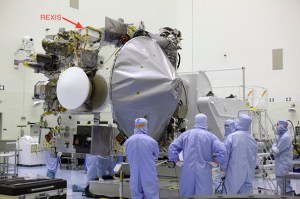
-
Science & Tech
Unveiling Jupiter’s mysteries
In less than a week, the spacecraft Juno will reach Jupiter, culminating a five-year, billion-dollar journey. Its mission: to orbit and peer deep inside the gas giant and unravel its origin and evolution. One of the biggest mysteries surrounding Jupiter is how it generates its powerful magnetic field, the strongest in the solar system.
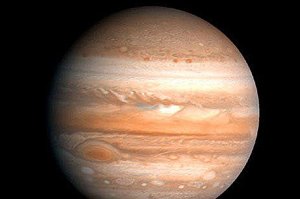
-
Science & Tech
Cosmic ‘Death Star’ destroys a planet
Astronomers announced today that they have spotted a large, rocky object disintegrating in its death spiral around a distant white dwarf star. “We’re watching a solar system get destroyed,” noted a Harvard researcher.
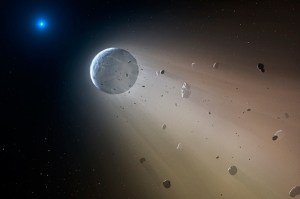
-
Science & Tech
A watery Mars, a changed outlook
One of the lessons from this week’s announcement of liquid water on Mars is that the Red Planet is a much more diverse place than previously thought, one that holds a multitude of niche environments that might be more hospitable to life than average planetary conditions might indicate, said Professor Robin Wordsworth.
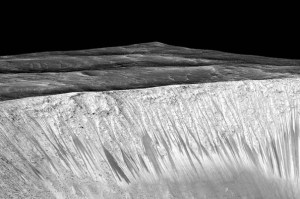
-
Science & Tech
Pluto in detail
Scott Kenyon offers an astrophysicist’s view of the New Horizons mission to Pluto.
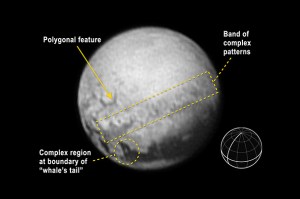
-
Science & Tech
Unveiling the ancient climate of Mars
The high seas of Mars may never have existed. According to a new study that looks at two opposite climate scenarios of early Mars, a cold and icy planet billions of years ago better explains water drainage and erosion features seen today.

-
Science & Tech
Higher than the sky
Terry Virts, commander of the International Space Station and an alumnus of HBS’s General Management Program, chatted live from orbit about his experiences.

-
Science & Tech
Going the distance with microlensing method
NASA’s Spitzer Space Telescope has teamed up with a telescope on the ground to find a remote gas planet about 13,000 light-years away, making it one of the most distant planets known, according to the Harvard-Smithsonian Center for Astrophysics.
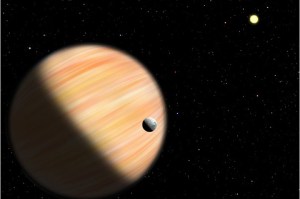
-
Arts & Culture
The introspective Laurie Anderson
Performance artist Laurie Anderson delved into her inspirations and motivations as she gave the Music Department’s Louis C. Elson Lecture.
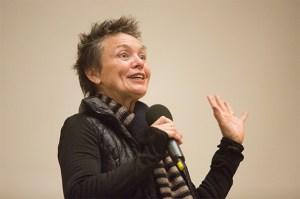
-
Nation & World
Lessons learned in astronaut school
In a recent EdCast, NASA astronaut Stephanie Wilson shares her thoughts on women and STEM education, her personal journey as a student, and her time in space.
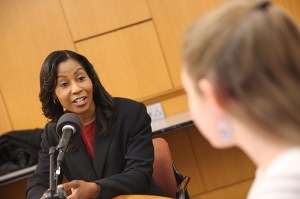
-
Nation & World
Code like a girl
HGSE panelists outlined ways to counter the shortage of women pursuing careers that require a STEM education, particularly in computer science.

-
Science & Tech
Eyes on Orion
Harvard-Smithsonian Center for Astrophysics scientist Jonathan McDowell answers questions on the Orion test run and prospects for getting to Mars.
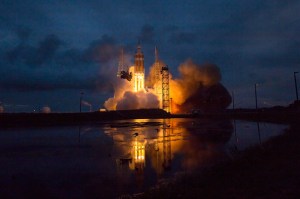
-
Nation & World
Meeting of the minds
Harvard Business School’s disruptive innovation guru Clayton Christensen uses crowdsourcing to accelerate the evolution of his latest theory on corporate investment decisions.
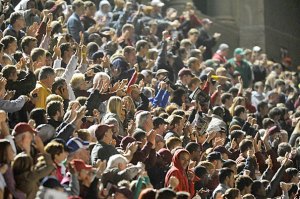
-
Science & Tech
National parks face dangerous foe
Thirty-eight of the United States’ national parks are experiencing “accidental fertilization” at or above a critical threshold for ecological damage, according to a study led by Harvard University researchers and published in the journal Atmospheric Chemistry and Physics.
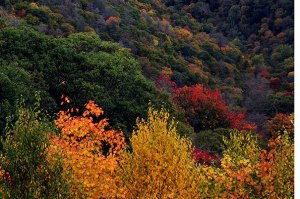
-
Science & Tech
The search for other Earths
Scientists at the Harvard-Smithsonian Center for Astrophysics are drafting the target list for NASA’s next planet-finding telescope, the orbiting Transiting Exoplanet Survey Satellite, or TESS, which will search the Earth’s galactic neighborhood for planets that might support life.
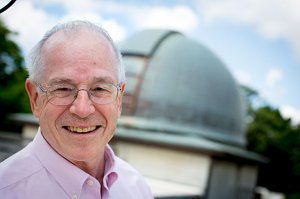
-
Science & Tech
The building blocks of planets
Harvard’s Matt Holman, a lecturer on astrophysics, and his collaborators at the Southwest Research Institute in Colorado are piggybacking their research onto a NASA spaceship that is racing to the farthest edges of the solar system to study objects in the far-flung Kuiper Belt.
